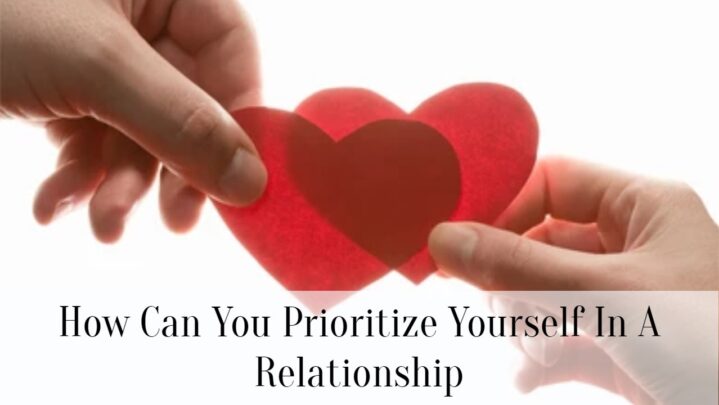Let’s look at several justifications for why it’s critical to develop self-love in relationships:
How would you feel if you were anxious and fatigued compared to when you were rested? Don’t you tend to be more considerate of others? It’s an easy example, but it shows that a balance needs to be struck. Relationships can experience the same thing. In any case, learning to prioritize your needs in a relationship benefits both partners in the long term.
Are you unsure if it’s appropriate to prioritize your needs in a relationship?
In Western civilizations, the majority of us are trained to prioritize the needs of others over our own. This is especially true for women who are given the responsibility of being moms and carers. Many women exhibit people-pleasing characteristics as society changes.
In a partnership, it’s crucial to look for yourself. Being your best self at all times can help you support your partner and those around you. Furthermore, it establishes a norm for your well-being and demonstrates your regard for yourself.
Thus, you must master the art of prioritizing yourself in a relationship.
Physical and mental health
It’s simple to become enmeshed in a relationship. This is especially true if we prioritize our partner’s needs all the time. That can entail working additional hours at work and at home.
You’ll also grow more and more bitter over time because you never get to take time off to accomplish the things you desire. Resentment raises the risk of heart attack and causes tension and anxiety. Being yourself in a relationship is essential to leading a good life because of this.
Eliminate bad habits
Giving yourself the rest and attention you require is what is meant by “me time.” By doing this, you can lessen your tension and worry and consequently, your harmful habits.
We all have them, and you know what yours are deep down. Nevertheless, these range from poor eating habits to quibbling and yelling at your partner.
Compassion and self-care
At first glance, it could appear selfish to learn how to prioritize your needs in a relationship. After all, we owe it to others to support them. On the other hand, if you don’t know how to take care of yourself, how Can you possibly expect to take care of someone else?
What does self-care even mean to you? What do you require, and how would you characterize it? How can you also be kind towards yourself? If you haven’t asked yourself these questions, don’t worry. It’s entirely typical.
Many of us become harsh inner critics as we grow older. Despite the fact that, logically speaking, the carrot typically drives people better than the stick in the long term.
Think about your own happiness
You demonstrate to people how you want to be treated when you put yourself first in a relationship. It also conveys the strong message that you are aware that happiness is a result of your personal outlook.
Contrary to what advertisements would have us believe, it isn’t found in the ideal spouse, the priciest clothes, or even the priciest home.
Self-care
Knowing how to love oneself in a relationship requires understanding the importance of self-care. Many people burn themselves out at work and at home while wondering how they got so exhausted.
Self-care actually has a number of themes. So, take your time reading it and decide what is appropriate for you.
Managing emotions
Understanding your wants and your emotions is essential to learning how to put yourself first in a relationship. You’ll gain a deeper understanding of who you are, what makes you anxious, and what you require to maintain equilibrium and a healthy connection.
Recognize your limiting assumptions
We all learned early on what our respective duties are in a relationship. This is frequently based on what we picked up from our parents, friends, and the rest of society. Do you understand your worth in a relationship?
Contrarily, if your inner critic constantly tells you that you’re not good enough, you’ll be in unsatisfying relationships for the rest of your life. Writing out your views on paper is a helpful approach to discovering and exploring them. Then, list all the instances in which you refuted that assertion next to them.





